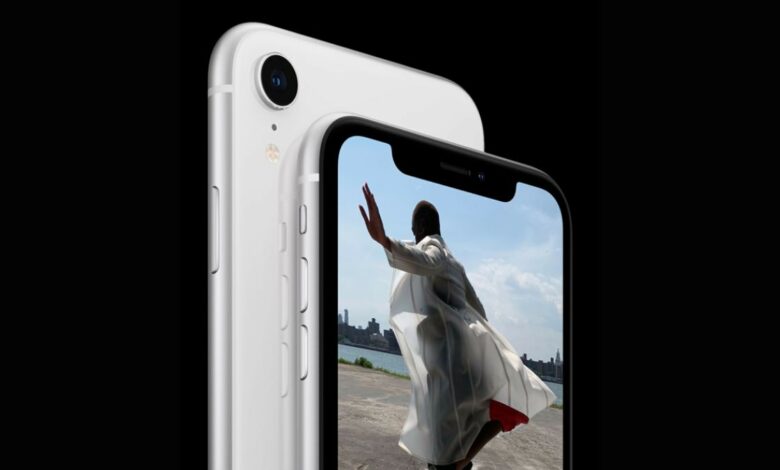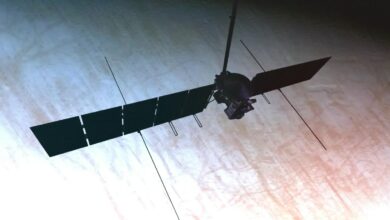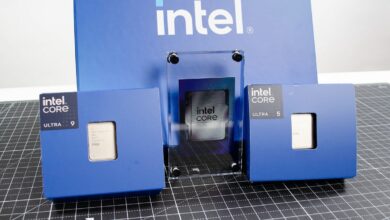iPhone SE 4 to get same OLED panel as iPhone 13: report

Rumors surrounding the iPhone SE 4 have been swirling for months, even though Apple has yet to reveal any word on plans to introduce a new affordable smartphone. The alleged handset is said to be a successor to the iPhone SE (2022) and could come with major upgrades in terms of design, processor, and battery life. A recent report suggested that Apple could use the same OLED display as the iPhone 13 in the handset but with some downgrades, which could also reduce production costs for the Cupertino company.
iPhone SE 4 screen details leaked
The Elec reports (in Korean) that Chinese supplier BOE Technology is expected to be the first to produce displays for the rumored iPhone SE 4. The company reportedly won the contract from Samsung due to the lower cost of the panel and will contribute to 60-70 percent of the total displays that Apple purchases.
Meanwhile, LG Display could be Apple’s second supplier for the handset, with the company reportedly supplying the remaining panels. The publication claims that Apple will likely reuse the 6.1-inch Super XDR displays originally produced for the iPhone 13 — a move speculated to help Apple reduce the smartphone’s production costs and simplify manufacturing processes.
The report further suggests that BOE has had production issues in the past when it supplied OLED displays with the hole-punch cutout used in recent models such as the iPhone 15. It is also reported to be struggling with production of the iPhone 16 displays that are set to launch later this year.
iPhone SE 4 specifications (expected)
Previous leaks have also suggested that the iPhone SE 4 could come with a radical design change, with Apple ditching its iconic home button smartphone design for a more modern look inspired by its recent smartphones. The device is expected to feature a 6.06-inch OLED display with a 60Hz refresh rate.
In terms of optics, the smartphone could come equipped with a single 48-megapixel camera on the back. It is said to be powered by Apple’s next-generation A18 chipset, coupled with 6GB or 8GB of LPDDR5 RAM options. The handset could support Face ID instead of Touch ID and is expected to feature a USB Type-C port as per the European Union’s Digital Markets Act (DMA).




